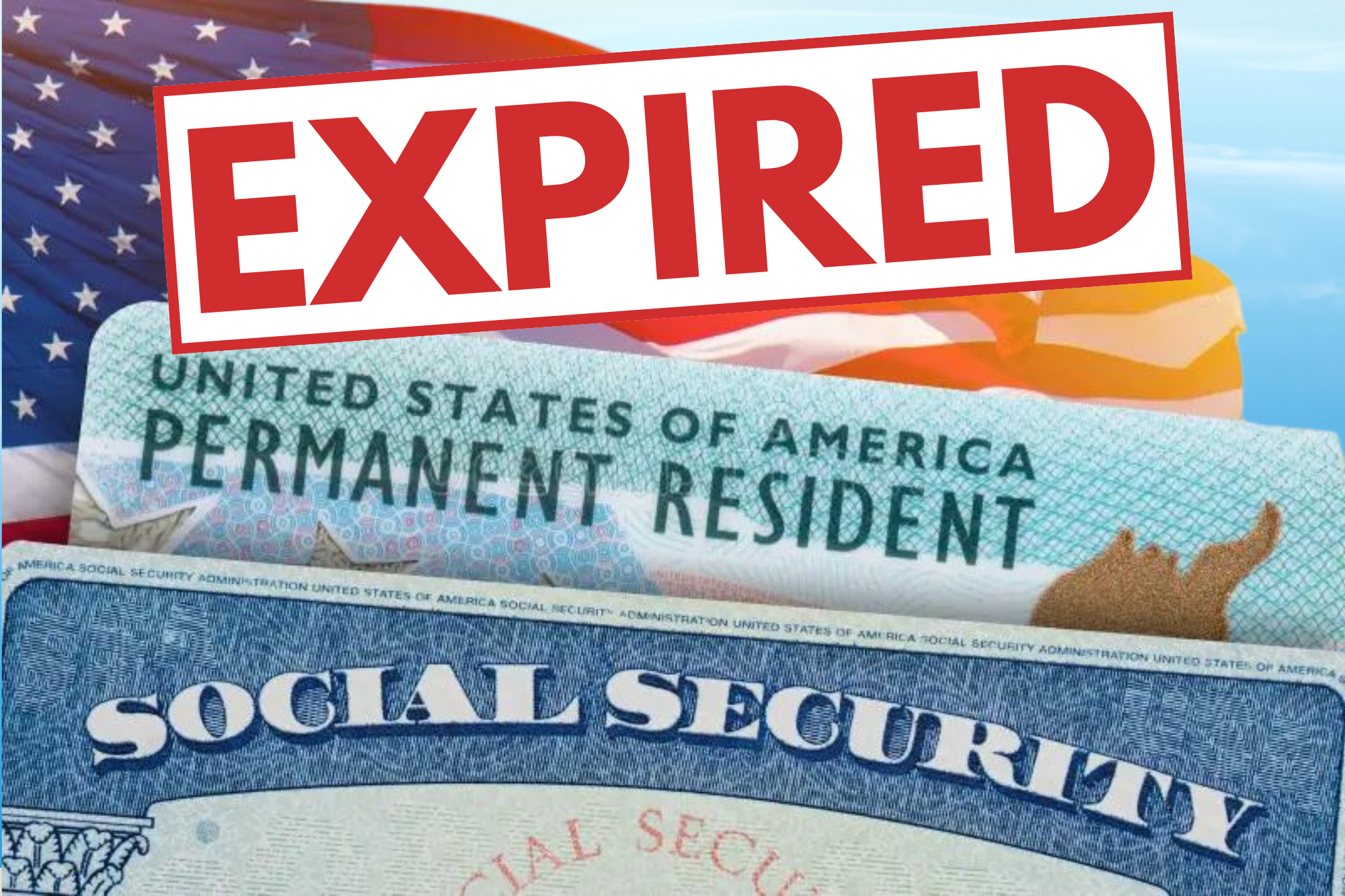As an immigration seeker looking to call the United States home, the prospect of obtaining a green card without marriage may seem daunting, but rest assured, this goal is indeed achievable. The U.S. offers several avenues for non-marriage green card applicants—each with its own set of requirements and pathways to permanent residence. Here’s a comprehensive guide to these diverse routes and what you need to know to pursue your American dream.

Employment-Based Immigration Options For Green Cards Without Marriage
For those who excel in their field, employment-based immigration is the wait to go. This path is ideal for skilled workers, professionals, or individuals with exceptional abilities eager to contribute to the U.S. labor market. The employment-based (EB) visa categories provide various opportunities, including:
EB-1 Visa for Priority Workers
This category is reserved for individuals with extraordinary abilities in the sciences, arts, education, business, or athletics. You must demonstrate sustained national or international acclaim and be recognized in your field.
EB-2 Visa for Advanced Degree Professionals or Workers with Exceptional Ability
The EB-2 visa is suitable for those with advanced degrees or equivalent experience in the field, or those with exceptional abilities in their profession.
EB-3 Visa for Skilled Workers, Professionals, or Other Workers
The EB-3 is for those with either a two-year job experience or training, professionals with degrees, and unskilled workers filling labor shortages.
To start the process, a U.S. employer must sponsor you. They typically commence the process by filing a petition for a foreign worker with the U.S. Citizenship and Immigration Services (USCIS). Once the petition is approved, you can apply for an immigrant visa or adjust your status to a permanent resident.
Family Sponsorship
If you have a close relative who is a U.S. citizen or green card holder, they may be able to sponsor you through family-based immigration. The process varies depending on the type of familial relationship.
Green Card Without Marriage: Immediate Relative Immigrant Visas (Unlimited)
Immediate relatives of U.S. citizens, including spouses, unmarried children under the age of 21, and parents, can benefit from an unlimited number of visas.
Green Card Without Marriage: Family Preference Immigrant Visas (Limited)
Family preference visas are for specific family relationships, such as adult children and siblings of U.S. citizens, as well as spouses and unmarried children (minor and adult) of green card holders.
The sponsor must file a petition (Form I-130) on your behalf, then you can apply for a green card once the petition is approved. Waiting times for a visa to become available vary based on the type of family relationship and the sponsor’s status.
Diversity Lottery
The Diversity Immigrant Visa Program, also known as the green card lottery, provides up to 50,000 immigrant visas annually and is another options for those looking to obtain a green card without marriage. This program aims to diversify the immigrant population of the U.S. by selecting applicants from countries with low rates of immigration to the U.S. To participate:
- Check your eligibility, which includes having a high school education or its equivalent.
- Submit an entry during the registration period, usually in the fall.
- Wait for the results, which are available the following year.
If you are selected, you can apply for an immigrant visa. Keep in mind that participating in the diversity lottery is free and the only way to enter is through the official website—bewary of scams.
The Investor Visa (EB-5)
The EB-5 Immigrant Investor Program is another way to get your green card without marriage for potential immigrants willing to invest significant capital into a new commercial enterprise that will benefit the U.S. economy and create at least 10 full-time jobs.
Direct Investment For A Green Card Without Marriage
Invest at least $1 million in a new commercial enterprise or $500,000 if the investment area has high unemployment or rural areas.
Regional Center Investment For A Green Card Without Marriage
Invest at least $500,000 in a regional center within a Targeted Employment Area (TEA) or $1 million elsewhere.
After successfully maintaining the investment and creating the required jobs, you can apply for a green card.
Refugee or Asylee Status Options For A Green Card Without Marriage
If you have been granted refugee status or asylum, you may be eligible to apply for a green card a year after being admitted. You’ll need to complete the necessary forms and undergo an interview.
Proof of Refugee/Asylee Status
- Your Refugee Travel Document from the U.S. Department of Homeland Security (DHS), U.S. Citizenship and Immigration Services (USCIS)
- A letter from USCIS or U.S. Customs and Border Protection that states the date you were granted asylum status.
Affidavit of Relationship
- A completed and signed affidavit of relationship, support form, from your U.S. sponsor
- A written explanation if your sponsor is not a family member
Medical Examination
- Form I-693, Report of Medical Examination and Vaccination Record, completed by a USCIS-approved civil surgeon
Special Immigrant Visas
There are additional immigrant visa categories for individuals with specific circumstances or roles that benefit the U.S. These include individuals, such as:
- Those employed by the U.S. government abroad
- Religious workers
- Broadcasters for U.S. International Media
- Armed forces members
- Retired and current employees of certain international organizations
- Panama Canal Employees
To apply, you must meet the requirements for the specific visa category and have a qualifying immigrant petition filed on your behalf.
Applying for Your Green Card Without Marriage
How to Get a Green Card in USA Without Marriage
Once you’ve identified the right immigration path for your situation, the application process typically involves the following general steps:
Step 1: File an Immigrant Petition
Depending on your category, you, your sponsor, or your prospective employer will need to file a petition (Form I-140, I-130, or I-526) with USCIS. Once the petition is approved, USCIS will notify your sponsor or you, as the case may be.
Step 2: Wait for Your Priority Date
If your immigrant petition is approved and a visa is available, USCIS will send your file to the Department of State’s National Visa Center (NVC), where your case will be processed.
Step 3: Petition for Alien Relative (if applicable)
If a visa is available and steps 1 and 2 have been taken care of, you will need to apply for a green card by filing Form I-485 or DS-260 with the NVC.
Step 4: Attend Your Biometrics Appointment
You will receive a notice for your biometrics appointment where you will be fingerprinted.
Step 5: Attend Your Interview (if applicable)
If required, you will be scheduled for an interview at a USCIS office or U.S. embassy or consulate abroad.
Step 6: Receive a Decision on Your Application
Once the application process is complete, you will receive a decision on your green card application.
Keep in mind each immigration category comes with its own set of requirements, application processes, and potential complications. It’s essential to fully understand what’s needed and the best practices to increase the likelihood of a successful outcome.
Obtaining Your Green Card Without Marriage: Preparing for the Long Haul
What to Expect When Trying To Get Your Green Card Without Marriage
Remember, getting your green card in the U.S. without marriage is a significant decision that requires time, patience, and sometimes significant financial commitment. It’s vital to stay informed about potential changes in immigration policies and be diligent in your application process.
This comprehensive guide outlines the pathways available to you. If you’re ready to start your journey to permanent residence in the U.S., now is the time to get started. Patience, thoroughness, and perhaps the guidance of an experienced immigration attorney can all contribute to making your transition as smooth as possible. Good luck on your path to the American dream!



